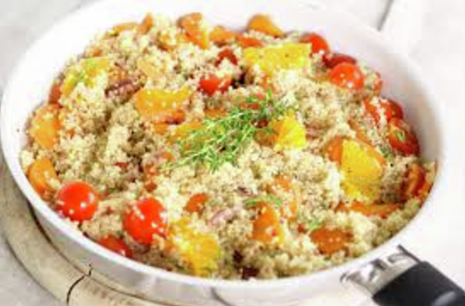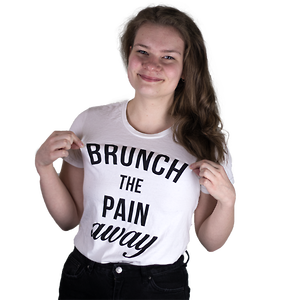
Help! Is foodporn making me fat?
Violet’s food feature writer Jess Lock takes a look at the popularity of foodporn

Apicius, the first-century Roman foodie and author, wrote: “The first taste is always with the eyes.” Scroll down your Instagram feed, and it’s pretty likely you’ll be bombarded with images of drooling stringy cheese pulsing from thick breads, rich meats salted and juicy, thick chocolate sauces drizzling over luscious cheesecakes or exploding out of molten cakes. Old Apicius had a point.
Foodporn is inescapable – every Snapchat, Facebook update or Tweet is only a click away from the most sensually delicious and carb-laden delights – language barriers can be bypassed by the usage of #foodporn, with trends like cake decorating videos, saltbae, and feeds brimming with freakshakes, rainbow unicorn fraps and cloud eggs as just some of the latest images showering the foodporn world with more XXX material.
“People like sugar and they like sex; those feelings of pleasure become associated with each other. This stimulation encourages over-indulgence”
But why food ‘porn’? How did the phrase come about, beyond experimentation with Insta hashtags? The phrase ‘foodporn’ (or its cousin ‘gastroporn’) has been used since the 1970s. Warren Belasco in his book Food: The Key Concepts suggests that “these intensely sexualized associations between eating and loving make it difficult to adopt the asceticism implied in eating responsibly.” People like sugar and they like sex. Those feelings of pleasure become associated with each other. This stimulation encourages over-indulgence.
We have all heard our stomachs rumbling when we contemplate a mountainous stack of warm brownies or a pile of sticky fries smothered in sauces and salt. Viewing foodporn can induce salivation, and prompts the release of digestive juices. Simply reading about indulgent treats can have much the same effect (yes, sorry, I could be making that happen now just by describing those gluttonous cheeseburgers and red velvet cupcakes slathered in cream-cheese frosting…)
A 2012 study found that just looking at pictures of food may be enough to cause an increase in ghrelin, a hormone that causes hunger. In another study, watching a restaurant review showing popular breakfast foods led to increased hunger ratings not only in participants who hadn’t eaten, but also in those who had just consumed a meal. This would suggest that foodporn could make us eat beyond our natural appetites.
Foodporn is not solely confined to Insta snaps but is also used in marketing to manipulate the consumer. Almost all large food brands or supermarkets use ‘protein in motion’ (think sprinkling cheese, oozing yolks or tearing meat) which our brains find almost irresistible.
Food in motion also looks more desirable because it is perceived to be fresher. Studies by food psychologists at Cornell University show that we rate images of orange juice as significantly more appealing when the liquid can be seen being poured into the glass than when the image is of a glass that has already been filled. Whilst both may be static, one implies motion and this is enough to provide our brains with appealing stimuli.
“Foodporn is not solely confined to Insta snaps but is also used in marketing to manipulate the consumer”
To top it all off, our brains are often being conned by fake foodporn. In a professional marketing shoot, the milk in a cereal bowl, for example, may actually be glue; tacos may be propped open with hidden cosmetic sponges; ingredients may be made to glisten with a quick fix of WD-40; the froth on a hot coffee made from tiny soap suds and blemishes covered up with lipstick, food colouring or paint. Acrylic ice cubes and spray on deodorant are used to make fizzy drinks glisten with condensation. Images of steaming pasta are too difficult to shoot naturally, but can be made by microwaving a water-filled tampon, or even, at a push, using cigarette or incense smoke. Meats are ‘roasted’ with shoe polish or wood varnish. Ice cream is fortified with dyed mashed potato. However fake the image is – from an Instagram filter to a bowlful of PVA – the desired effect is to make something that seems real and appetizing, to prompt the urge to consume.
So watch out – next time you scroll through mounds of fruity glazed pastries or plates of nachos or creamy milkshakes stacked with pretzels and candies, beware… They could be playing with your brain, turning you into a gut-stuffing, food-guzzling fiend (it’s too late for me, save yourself!)

